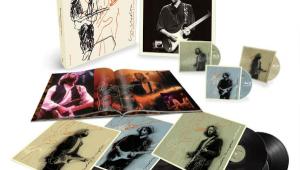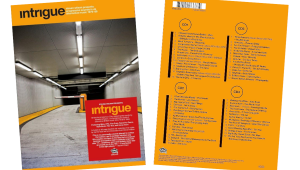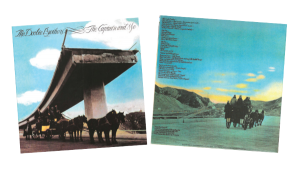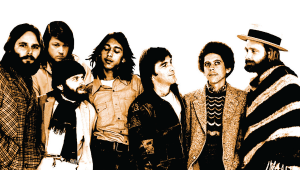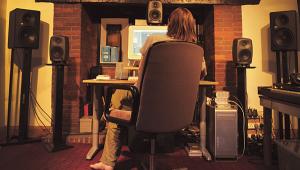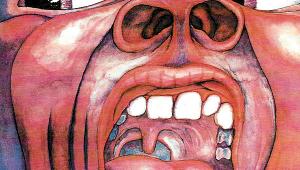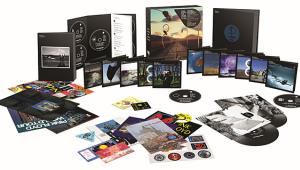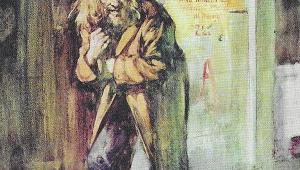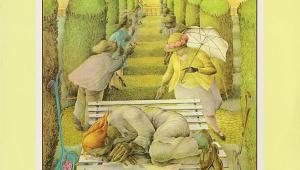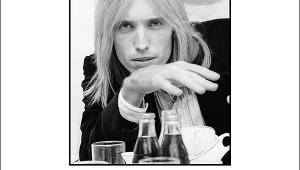The Art Of Listening Page 2
Wilson: They were a lot of fun to do. To be honest, I wasn’t always the biggest Emerson, Lake and Palmer fan. Growing up, it was King Crimson, Pink Floyd, and Tangerine Dream. ELP were always at the other, more symphonic end of progressive music, which I was never huge on, but I really enjoyed doing the records because I’ve come to appreciate them a lot more than I really had beforehand.
It’s a three-piece band, so at the end of the day when you come to do surround work, the first album, where it’s the three-piece playing live in the studio, the possibilities are not huge in terms of the layering of the album like the way the King Crimson albums are layered or Jethro Tull albums are layered — or indeed the way my albums are layered — so it’s a slightly sparser album overall. The recording is just basically drums, bass, and Hammond organ on some tracks. It’s a quite straightforward mix, but I think it does open up quite nicely.
The one thing you can say about ELP is that they had a fantastic engineer and co-producer, Eddy Offord. He recorded things beautifully. And that’s a contrast with some of the other things I’ve mixed like Lizard and Aqualung, where it was sometimes a struggle with the issues of the sonics, but not with anything Eddy Offord had recorded, that’s for sure. The sound is beautiful.
I’m very pleased with what I’ve done. It’s not a sort of sonic makeover like Aqualung was. For me and the fans, that one was such a big step up from what had been heard before. I’m not going to make any great plans for saying the ELP albums have that kind of improvement, but it is kind of nice to have them.
S+V: One of the things audiophiles have disagreed about is the surround mix of “Lucky Man” that appeared as a bonus track on the DVD-Audio done for Brain Salad Surgery, as it had Keith Emerson’s Moog solo so prominently in the back channels.
Wilson: I haven’t heard that mix, but I’ve heard people talk about it. The only thing I would say in defense of that mix without having heard it is that’s kind of what Emerson does with the Moog solo in stereo. It bounces between the speakers, and I’ve tried to replicate that in the surround a bit with the solo bouncing around some, because that’s what they were doing in stereo.
S+V: You’ve done better justice to the ping-ponging of the stereo rather than making it sound like an “event” in the rear channels.
Wilson: What I do with stereo and surround is to try to match the timing of certain things. For example, if there’s a move from left to right in the stereo, the move will happen in exactly the same point in my mix. There’s no more moving or less moving than what there was in the stereo.

